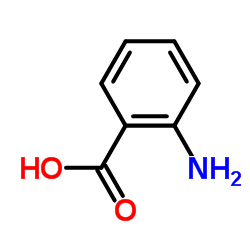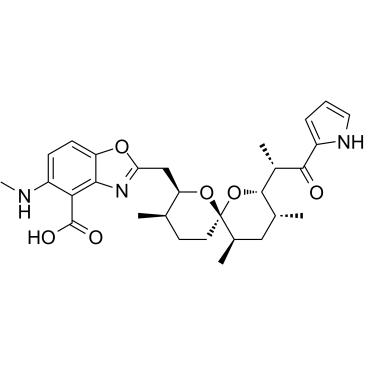| Structure | Name/CAS No. | Articles |
|---|---|---|
 |
Anthranilic acid
CAS:118-92-3 |
|
 |
Calcimycin
CAS:52665-69-7 |